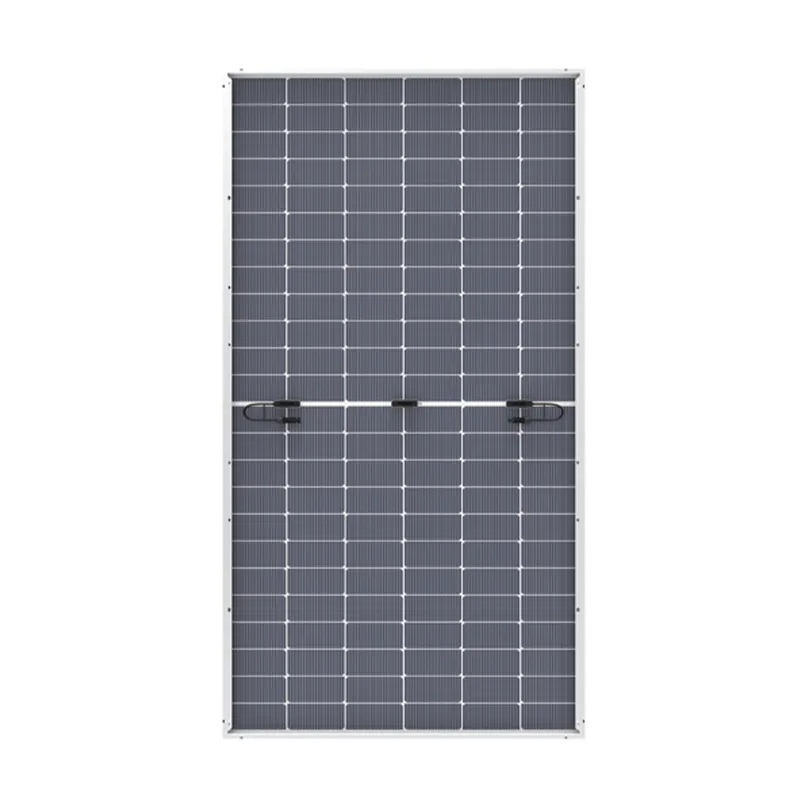Innovations in Solar Cell Technology for Sustainable Energy Solutions and Environmental Impact
The Evolution and Impact of Solar Cells Harnessing the Power of the Sun
In the face of climate change and the urgent need for sustainable energy sources, solar cells have emerged as one of the most promising technologies in the renewable energy sector. Solar cells, or photovoltaic (PV) cells, convert sunlight directly into electricity, providing a clean and inexhaustible energy source. Over the last few decades, the development of solar cell technology has advanced significantly, leading to increased efficiency and affordability, thus making solar energy more accessible than ever before.
The history of solar cell technology dates back to the 19th century when French physicist Edmond Becquerel discovered the photovoltaic effect in 1839. However, it wasn't until the 1950s that the first practical solar cell was developed at Bell Labs. Made from crystalline silicon, these early solar cells had an efficiency of about 6%. Since then, continual research and innovation have improved their efficiency rates, enabling solar energy to play a crucial role in the global energy landscape.
Today, commercial solar cells can achieve efficiencies exceeding 20%, with some advanced technologies reaching over 26%. The most common type, crystalline silicon solar cells, accounts for about 90% of the global market. However, other technologies, such as thin-film solar cells, multi-junction cells, and organic photovoltaics, are also gaining traction due to their unique advantages, such as lower production costs and flexibility in design.
The environmental benefits of solar cells are significant. By converting sunlight into electricity, solar panels help reduce reliance on fossil fuels, thereby decreasing greenhouse gas emissions. Additionally, solar power contributes to improvements in air quality since it does not emit pollutants during operation. This is particularly important in urban areas, where air quality can significantly affect public health.
Moreover, solar energy promotes energy independence. Countries that invest in solar power reduce their dependency on imported fossil fuels, enhancing their energy security. This is especially vital for nations with limited natural resources. As technology continues to advance, the capacity of solar cells to provide energy for homes, businesses, and even vehicles is becoming more feasible and cost-effective, leading to a decentralized energy system that is more resilient to external shocks.
solar cell

Despite the many advantages of solar cells, several challenges remain. The initial cost of solar panels and installation can still be prohibitive for some consumers, although prices have dropped significantly over the years. Additionally, solar energy is intermittent and depends on weather conditions and time of day. To address this issue, energy storage solutions, such as batteries, are crucial for storing solar energy for use during non-sunny periods.
The integration of solar technology into the energy grid also presents challenges in terms of infrastructure. As more homeowners and businesses adopt solar energy systems, upgrading the existing grid becomes imperative to accommodate the two-way flow of electricity. Smart grid technologies that can manage these complexities are essential for maximizing the efficiency and reliability of solar power.
Government policies and incentives play a vital role in promoting the adoption of solar cells. Many countries offer tax credits, subsidies, and rebates to encourage investment in solar technology. Furthermore, renewable energy mandates and tariffs on fossil fuels can help level the playing field for solar energy, making it a more financially attractive option for consumers and businesses alike.
The future of solar cells looks promising. As researchers continue to explore new materials and technologies, the potential for solar energy will only grow. Innovations such as bifacial solar panels, which capture sunlight from both sides, and building-integrated photovoltaics (BIPV), which seamlessly integrate solar technology into building materials, are examples of how solar technology is evolving. Additionally, as public awareness of climate change increases, the demand for renewable energy sources like solar will likely continue to rise.
In conclusion, solar cells stand at the forefront of the transition to sustainable energy. With their ability to generate clean, renewable electricity, they offer solutions to some of the most pressing energy challenges of our time. As technology advances and costs decrease, the wider adoption of solar cells will play a pivotal role in creating a greener, more sustainable future for generations to come. The journey has just begun, and the potential of harnessing the power of the sun is limitless.
-
Navigating Off Grid Solar Inverter: From Use Cases to Trusted PartnersNewsAug.05,2025
-
Solar Edge String Inverter: A Wholesaler’s Guide to Inverter Technology SelectionNewsAug.05,2025
-
Microinverters: Revolutionizing Solar Energy UseNewsAug.05,2025
-
Future of Monocrystalline Solar Panel Efficiency: Latest Technological AdvancesNewsAug.05,2025
-
Solar Panels for House: A Complete Guide to Residential Solar EnergyNewsAug.05,2025
-
Panel Bifacial Performance in Snow and Low-Light ConditionsNewsAug.05,2025







